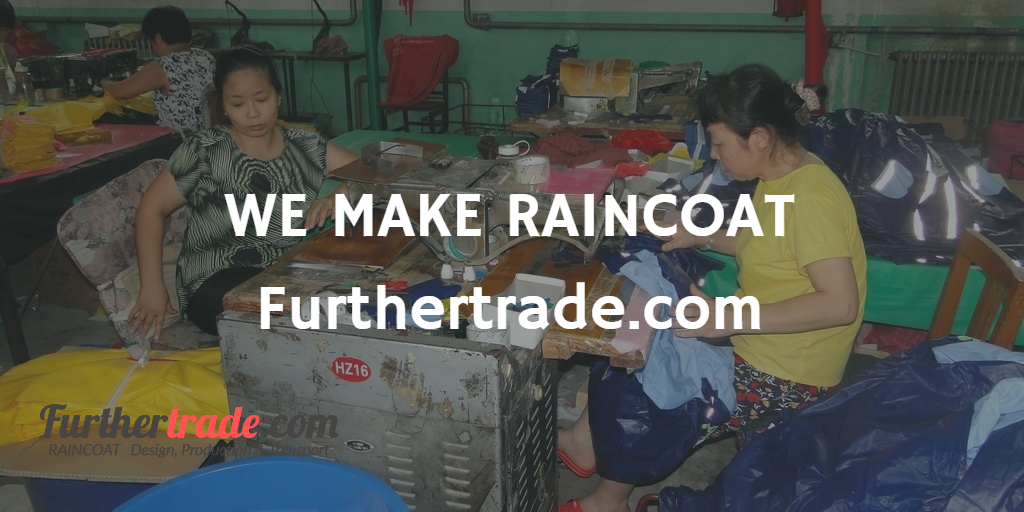
When the monsoons arrive, you can’t afford to be caught outside without an umbrella. Singing and dancing in the rain and letting the cool water wash over you is definitely fun but the wet, damp and soggy feeling that comes after can leave you feeling uncomfortable and cold to the bones. The best waterproof jacket is a clothing piece or ensemble that is a must for monsoons, especially when it gets windy and downpours are heavy and continuous and umbrellas will certainly not be of much help other than keeping the top of your head dry!
The hooded jackets are practical because they help keep you and your belongings dry and safe. Did you know that there are now hooded rain jacket or best raincoat for handbags and travel bags which have become a fashion statement?
Basically, the best rain coat repel water and that is the main function; to keep the wearer water-proofed and dry. But green rain jacket have over the years undergone many changes in design, fabric and structure to be used for various other purposes besides protection from rain.
The idea of green raincoat or rain coat men has been around since the 13th century when Amazonian Indians learned to use the liquid resin from the rubber tree to waterproof footwear, hats and capes. This came to light when the early European explorers reached South America and stumbled upon the indigenous people using waterproofed items to keep them dry in their wanderings through the jungles. In the next two hundred years, several experiments began with waterproofing fabric for clothing in France and the UK. However, fine-tuning the rubber for the waterproofing was the major hurdle till Macintosh, a Scottish chemical manufacturer and chemist stumbled upon the idea of dissolving rubber in coal-tar naphtha and rubbing the mixture on fabrics for the waterproofing effect. Through several experiments he finally patented this process which involved using a layer of molded rubber sandwiched between two outer layers of fabric which were coated with the naphtha-rubber mixture. Commercial production began in the mid 1800s and the British military was the first customer.
The idea of waterproofing clothing led to several other innovative uses of rubber and chemical byproducts – e.g. tires.
Since then, processes such as vulcanization of rubber, a technique perfected in the US by Charles Goodyear enabled the use of rubber in combinations with sulphur and other chemicals to make better products. Over the years, several other techniques and improvements on the original designs have made mens raincoat with hood lighter, pliable and more rain-worthy.
Today, raincoats come in many shapes and use different types of fabric. For instance, an all-weather raincoat or jacket will have a removable inner lining to make it wearable in any kind of weather. Foldable pvc raincoats are usually made of vinyl or a fabric coated with vinyl. Trench coats which are generally keen or ankle length and worn during outdoor work in rainy or cold weather is made with lightweight fabric such as cotton or polyester and water proofed.
The practicality of pvc coat depends on efficient waterproofing, which hinge on two important qualities – absorption and penetration. Absorption refers to the amount of water that is soaked up by the fabric and penetration the amount of water that can sink into it. The two basic models of raincoats are: i. Absorbent and ii. Repellent.
